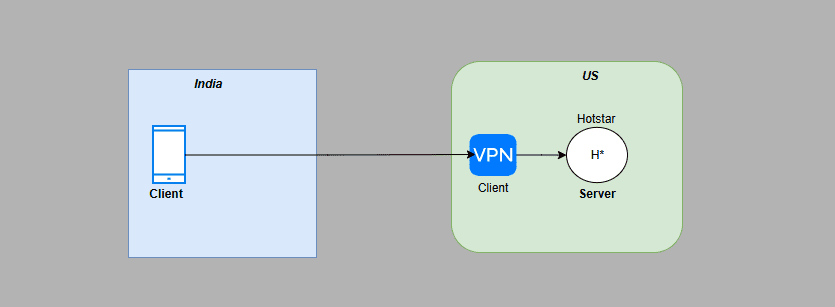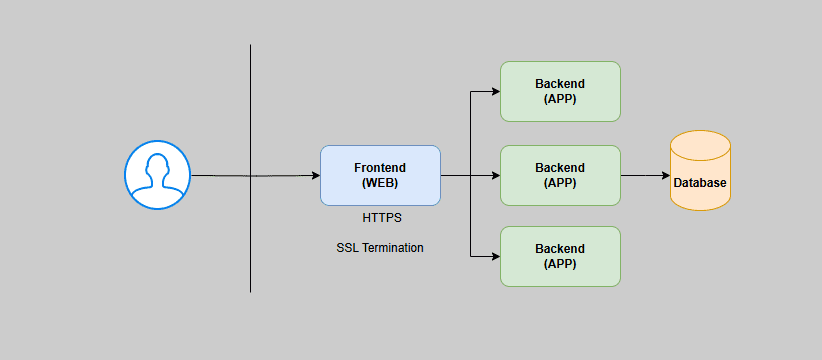In the digital world, proxies serve as intermediaries, standing between a device and the internet. Whether you’re aiming to browse securely or ensure smooth access to web applications, proxies help manage and streamline network traffic. Let’s break down proxies into two types: forward proxies and reverse proxies, each with its unique purpose and role.
Proxy Overview
At its core, a proxy acts on behalf of you, managing how data travels between a client (like your computer) and the destination (a website or service). Think of it as a middleman. You may use a proxy to access restricted content, secure your identity, or even balance traffic loads.
Forward Proxy
A forward proxy is a client-side intermediary, meaning it’s positioned between the user (you) and the internet. It helps users access the web indirectly, masking their identity and location. Only the client is aware of the forward proxy’s presence; the servers or websites being accessed don’t know it exists.

With a forward proxy, you can:
- Watch restricted content: By redirecting your traffic through servers in different regions, a forward proxy allows access to content otherwise unavailable in your location.
- Change geolocation: Similarly, it enables you to appear as if you’re browsing from a different region. This is often seen in VPNs (Virtual Private Networks), where the real IP address of the client is hidden behind the VPN server’s IP.
- Conceal your identity: Forward proxies shield your IP, helping ensure anonymity while browsing. This means that websites see the proxy’s IP, not yours.
For companies, forward proxies are useful in monitoring employee activity, controlling which websites can be accessed, and caching frequently used resources. By intercepting outgoing requests, companies can restrict specific sites or content, providing an added layer of security and efficiency.

Reverse Proxy
A reverse proxy operates on the server side and serves as a gateway between users and backend servers. Unlike forward proxies, only the server is aware of a reverse proxy’s presence. It helps manage the flow of requests, shielding backend servers from direct exposure, improving security, and distributing traffic efficiently.

With a reverse proxy, servers can:
- Enhance security: Reverse proxies block malicious traffic from reaching backend servers, securing applications from direct access.
- Balance load: They distribute incoming requests among multiple servers, ensuring that no single server is overwhelmed during high traffic periods. This load balancing feature is especially beneficial for high-traffic websites and applications.
- Handle SSL Termination: Reverse proxies can manage SSL encryption and decryption for secure connections, offloading this task from the servers. This boosts efficiency and reduces the servers’ processing load.
Applications that rely on secure and efficient server access often place reverse proxies in front of their backend infrastructure. By doing so, they create a protective buffer that limits exposure, increases stability, and ensures that traffic flows smoothly even during peak usage.
To dive deeper… Check out these related topics:

